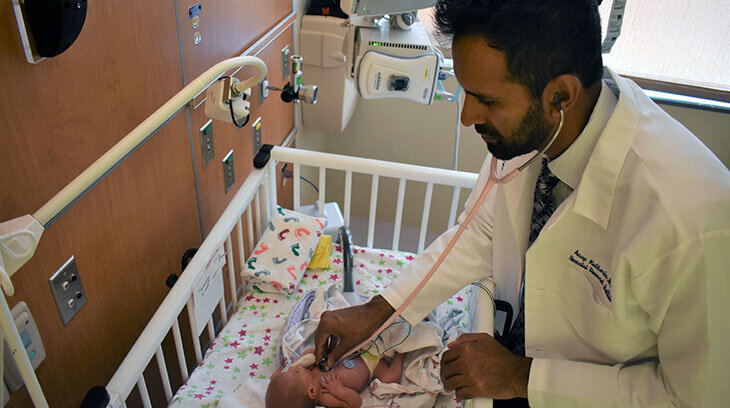Neonatal Heart Rate Monitor Research
Role: Research Associate, Human Factors Researcher
Scope: Human Factors, Quantitative, Qualitative
Methods used: Randomized Control Trial (A/B testing), Observations, Surveys, Prospective Chart Review
Timeline: March 2021 - Present (year long study)
Project Background
A baby’s short and long term outcomes are impacted by how efficiently a heart rate monitor can appropriately capture a preterm neonate’s heart rate.
The clinical team’s experience with the current heart rate monitor has shown the time to pick up a heart rate is delayed 30-60 seconds from time of lead placement. This decreases the ability for nurses working with a premature neonate to utilize the necessary tools to stabilize the baby therefore increasing the risk of mortality.

Client’s Goal
Should Sharp Mary Birch switch over to a new Heart Rate monitor?
Study Design Goal
To compare two different heart rate monitor’s efficiency, experience, and impact
Users
Neonatologists, Advanced Life Support Nurses
Study Design
Randomized Controlled Trial (A/B testing)
Reason: In order to insight massive changes to health care on this large of scale, we needed to undertake a randomized control trial. We prioritized the need to have an unbiased distribution of co founders in order to achieve highly valid results and be able to confidently draw casual attributes between the two heart rate monitors.
Research Question 1
Is there a significant time difference in heart rate attainment between the current and new heart rate monitors?
Type
Quantitative, behavioral
Method
Recorded observations
Reasoning
Specifically asking “how long” it takes to get a heart rate, strives to examine the relationships and differences between the two devices to establish causality, and want to observe exactly what the nurses do when confronted with high stress and preterm neonate.
Research Question 2
What are the clinical team’s experiences with the new heart rate monitor?
Type
Quantitative, attitudinal
Method
Closed-ended survey
Reasoning
Ideally, this would be a qualitative attitudinal type with a focus group method to better understand the perceptions and experiences of the clinical team. However, due to preferences of my principal investigator and time and personnel constraints, we have decided to opt for a close ended survey.
Research Question 3
Do neonates have different long term outcomes between the current and new heart rate monitors?
Type
Quantitative, behavioral
Method
Prospective chart review
Reasoning
Specifically wanting to know if there is a significant amount of babies from each intervention that develop any anomalies like ROP, IVH, BPD which is charted in their EHR by their nurses.
